System design is an essential part of the software development process because it sets the foundation for the entire project. It helps to define the architecture, components, modules, interfaces, and data for a system to satisfy specific requirements. A well-designed system can be more efficient, scalable, and maintainable. In this blog post, we will discuss the following aspects of system design:
-
The importance of system design in software development: We will explore how system design sets the foundation for the entire project and impacts the project's success.
-
The process of system design: We will discuss the different steps involved in the system design process, such as requirements gathering, high-level design, low-level design, and validation.
-
Best practices for system design: We will explore the fundamental principles of good system design, such as scalability, modularity, flexibility, maintainability, security, reliability, performance, testability, and cost-effectiveness.
-
System design tools and methodologies: We will discuss the different tools and methodologies that can aid in the system design process, such as UML diagrams, flowcharts, data models, and design patterns.
-
System design trade-offs: We will discuss the importance of balancing different requirements and constraints in the system design process and how to make trade-offs to achieve the best overall design.
-
How system design can help you achieve a good job: We will discuss how system design can help you stand out as a candidate and demonstrate your skills and knowledge to potential employers.
-
Real-world examples of system design: We will explore real-world examples of system design to illustrate the concepts discussed in the post and help readers understand the relevance of system design in the industry.
What is System design?
System design refers to the process of defining the architecture, components, modules, interfaces, and data for a system to satisfy specific requirements. It can be classified into four main parts: requirements gathering, high-level design, low-level design, and validation.
-
Requirements gathering is the process of collecting and documenting the needs and requirements of stakeholders for a software system. This typically includes identifying what the system should do, what problems it should solve, and what constraints it should operate under. The goal of requirements gathering is to ensure that the system is built to meet the needs of the users and stakeholders and that it can deliver the intended value.
-
High-level design is the process of creating an overall view of the system, including the main components and how they interact with each other. This may include creating an architecture diagram or a sequence diagram to visualize the system's structure and behavior.
Architecture Diagram An architecture diagram is a visual representation of the structure of a system. It shows the system's components and how they interact with each other. The components can be physical or logical and often represent boxes or shapes. Architecture diagrams can be used to communicate a system's design to stakeholders and help identify potential issues early in the development process.
Sequence Diagram A sequence diagram, on the other hand, is a type of interaction diagram that shows how objects in a system communicate with each other over time. It represents the interactions between objects or components in a system and the sequence in which these interactions occur. Sequence diagrams often show the messages exchanged between entities and the order in which they are sent and received.
- Low-level design is the process of defining the specific details of the system, such as the tables, schemas, and communication protocols between different services. This may include creating detailed design documents, data models, and flowcharts to specify the behavior and interactions of the system's components.
Schema Diagram
A schema diagram is a blueprint or structure that defines the organization and format of data in a database. A database can have one or multiple schemas, and each schema contains a collection of tables, views, indexes, procedures, and other database objects. A schema is used to group related database objects and to control access to those objects by different users or roles. It also makes it easy to manage and maintain the database.
- Validation is the process of verifying that a product, service, or system meets the customer's and other stakeholders' needs. It evaluates a system or its component(s) during or at the end of the development process to determine whether it satisfies the specified requirements. A separate team or individual usually performs this process to ensure an unbiased evaluation.
There are two types of validation:
- Functional validation: This type of validation checks if the system performs its intended functions correctly and satisfies the requirements gathered during the requirements gathering phase.
- Non-functional validation: This type of validation checks the non-functional aspects of the system, such as performance, security, usability, and maintainability.
Validation is important for ensuring that the system will meet the needs of the user and stakeholders and that it will perform as intended. It also helps identify any issues or defects early in the development process, saving time and money in the long run.
System design tools and methodologies
There are a variety of tools and methodologies that can be used in the system design process, including:
- Flowcharts: These are diagrams that show the flow of control in a system and can be used to represent the different processes and decisions that are made within a system.
- UML (Unified Modeling Language): UML is a standardized modeling language that can be used to create diagrams representing different system aspects, such as class diagrams, sequence diagrams, and state diagrams.
- ERD (Entity Relationship Diagrams): These diagrams represent the relationships between different entities in a system, such as tables in a database.
- Wireframes: These are simple sketches or mockups of a user interface and can be used to visualize how the system will look and function before it is built.
What constitutes a good system design?
A good system design should have the following characteristics:
- Scalability: The system should be able to handle an increasing number of users and requests without significant performance degradation.
- Modularity: The system should be composed of small, independent modules that can be easily replaced or updated.
- Flexibility: The system should be able to adapt to changing requirements and new features.
- Maintainability: The system should be easy to understand, troubleshoot, and maintain.
- Security: The system should be designed to protect against malicious attacks and unauthorized access.
- Reliability: The system should be designed to minimize downtime and data loss.
- Performance: The system should be designed to meet performance requirements, such as response time and throughput.
- Testability: The system should be designed to facilitate testing, debugging, and monitoring.
- Cost-effectiveness: The system should be designed to minimize development and maintenance costs.
- Usability: The system should be designed to be user-friendly and easy to use.
It's also important to keep in mind that the design should align with the overall goals and constraints of the project and should be a tradeoff between the different requirements.
Why is a good System design very crucial for any company?
A good system design is crucial for any company because it can have a significant impact on the success of the project and the overall performance of the company.
A well-designed system can help a company have a competitive edge, increase efficiency and reduce costs, leading to better performance and profitability.
System design tradeoffs
Identifying and balancing these tradeoffs is an essential aspect of system design.
- Scalability vs. simplicity: The more complex a system is, the harder it may be to scale it to handle a larger number of users or transactions.
- Flexibility vs. ease of use: A system that is highly flexible may be more difficult to use, while one that is easy to use may be less flexible.
- Security vs. performance: Increasing security measures may decrease the performance of a system, while increasing performance may decrease the level of security.
- Cost vs. functionality: A system that offers more functionality may be more expensive to develop and maintain, while one that is simpler may be less costly.
- Availability vs. durability: A system that is highly available may be less durable and vice versa.
- Maintainability vs. performance: A system that is easy to maintain may have a lower performance compared to one that is difficult to maintain.
- Latency vs. throughput: A system that focuses on low latency may have a lower throughput and vice versa.
- Customizability vs. compatibility: A system that is highly customizable may be less compatible with other systems, while one that is more compatible may be less customizable.
How can system design help you achieve a good job?
System design can help you achieve an excellent job by:
- Showing your ability to think critically and creatively
- Demonstrating your understanding of complex systems
- Displaying your technical expertise
- Improving your problem-solving skills
- Improving your ability to communicate
- Showing your ability to work under pressure
- Showing your ability to adapt
- Showing your ability to work in a team
Conclusion
In conclusion, system design is a crucial step in the development process that plays a vital role in the success of any project. By designing a system properly, you can ensure that it is scalable, maintainable, and able to meet the needs of its users. A well-designed system can save time and money in the long run by avoiding costly rework and making it easier to add new features or make changes.
You may also like my other articles:
- Architecture and Design Principle for Online Food Delivery System
- Building Real-time Applications with Redis Pub/Sub
- Build A Web Crawler To Find Any Broken Links on Your Site with Python & BeautifulSoup
💌 If you'd like to receive more tutorials in your inbox, you can sign up for the newsletter here.
Please let me know if there's anything else I can add or if there's any way to improve the post. Also, leave a comment if you have any feedback or suggestions.

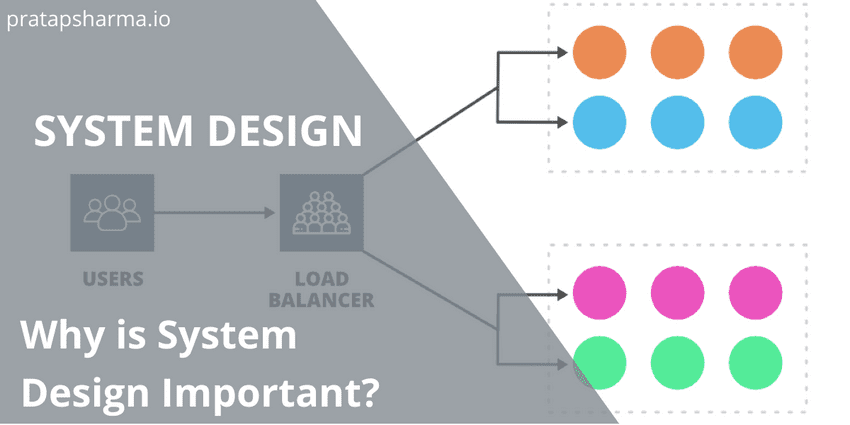
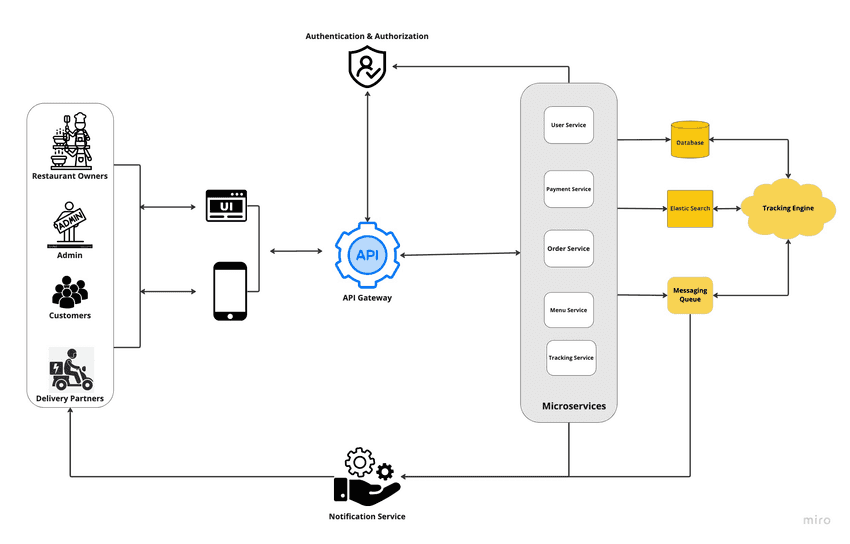
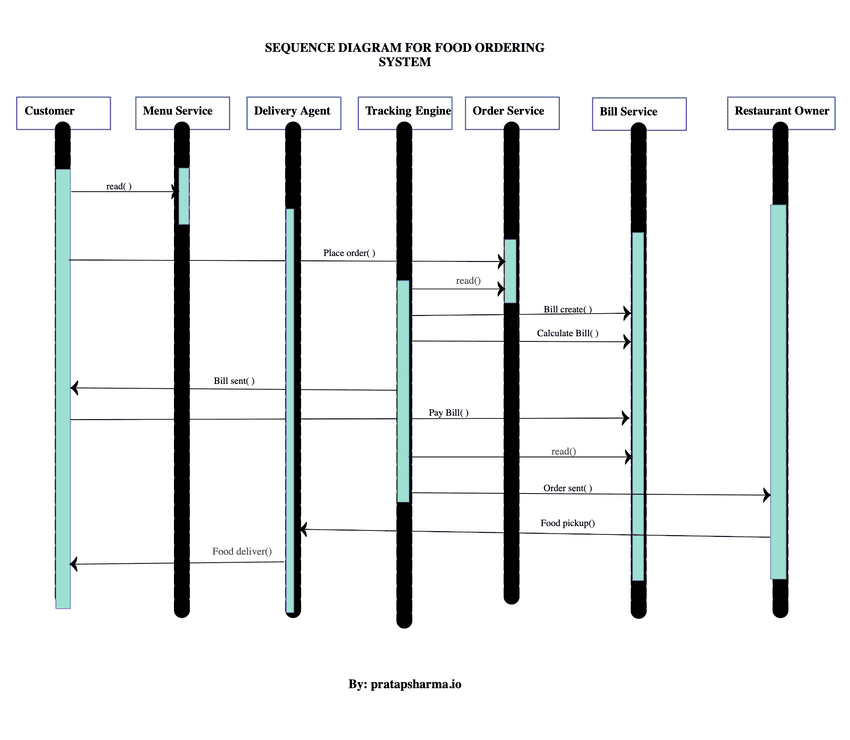
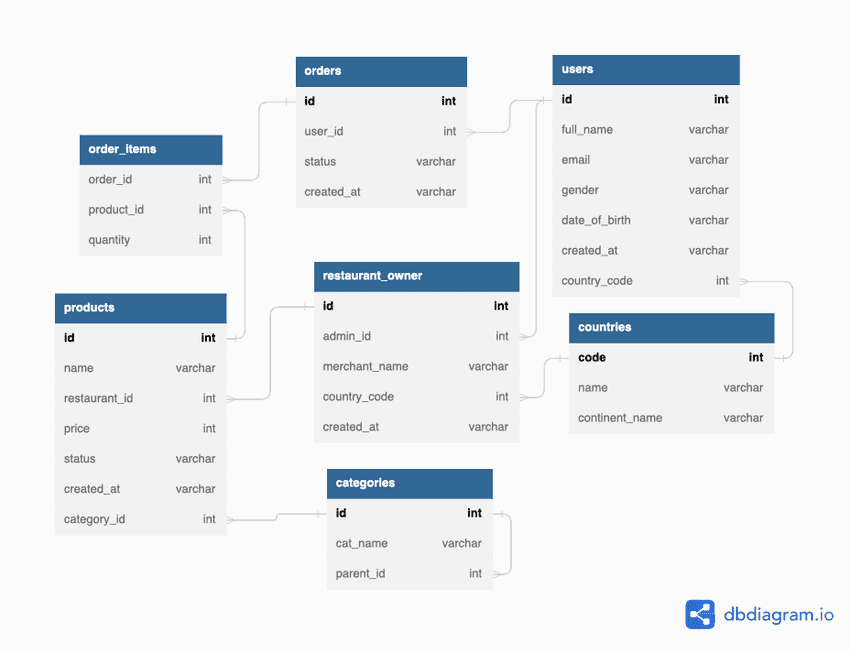

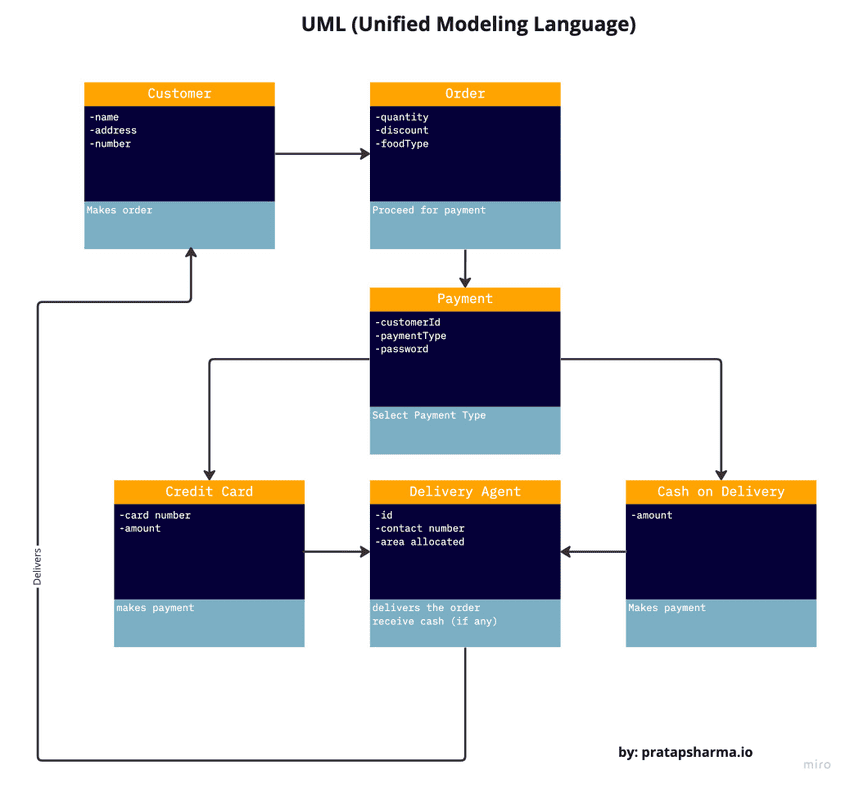
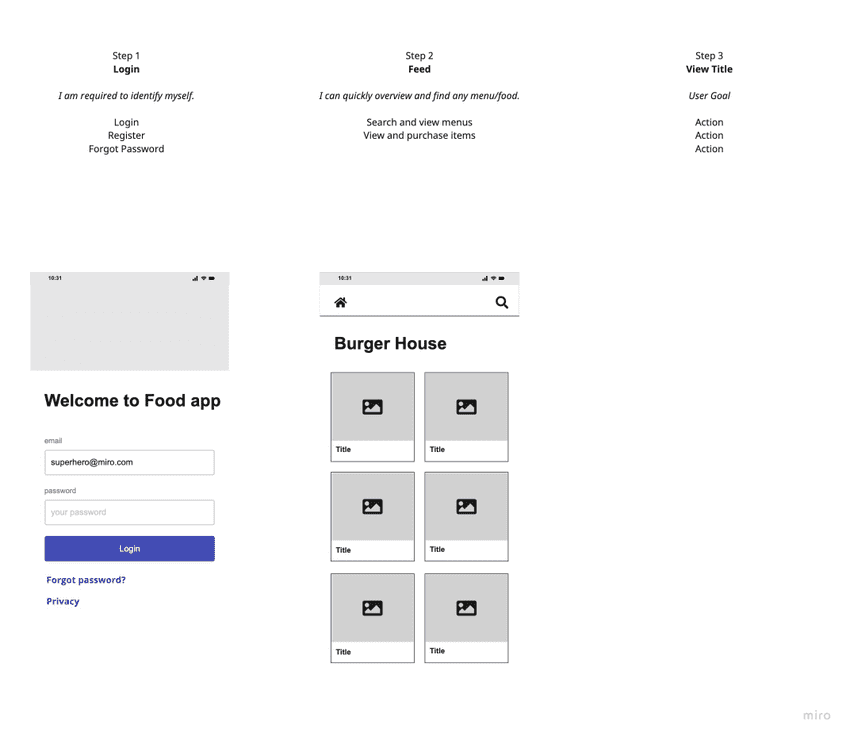
Discussions